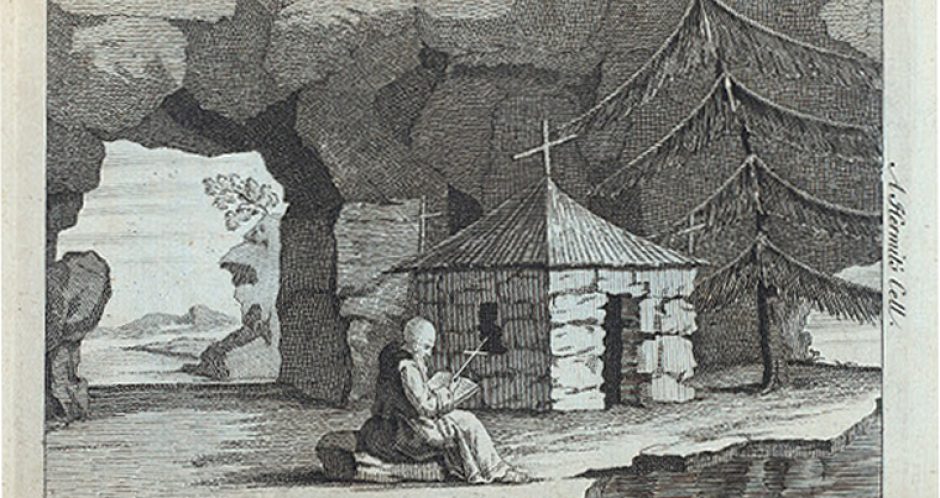At first glance, you wouldn’t think Faulkner’s story “A Rose For Emily” is a Gothic story. But as you get into the details, you can see how it comes from Gothic roots. For example, the frightening scene of people finding out after Emily had died that she has been sleeping in the same room as the corpse of Homer; sleeping next to a decaying, decrepit carcass. Another Gothic example would be lust – when Emily wanted to be with a man from the north, it brings shock to her local community. As she could no longer sustain her lifestyle after her support system dies, the people start (or have been) to dislike her. It shows how people in the south wouldn’t care if things were normal but anything outside of that would bring ridicule. Another Gothic trope here is the loneliness Emily felt. She lost everyone who was important to her: Her father and her fiance. The aforementioned fact I used that she stayed in her room with a dead body shows how much love she had for Homer (perhaps obsession), and how much she yearned to have him. She could not let go. Perhaps she couldn’t accept the fact he was gone even though it was her who killed him. Like if you do something out of passion and don’t realize what you’ve done afterwards. Even though she has a fiance, Homer was Emily’s first real lover, and she didn’t know how to handle that, as people tend to be with their first loves. She just took it a step too far!
In my opinion, I wouldn’t mind being with a woman who would want me by these extreme levels.. makes me feel special, don’t you think?



